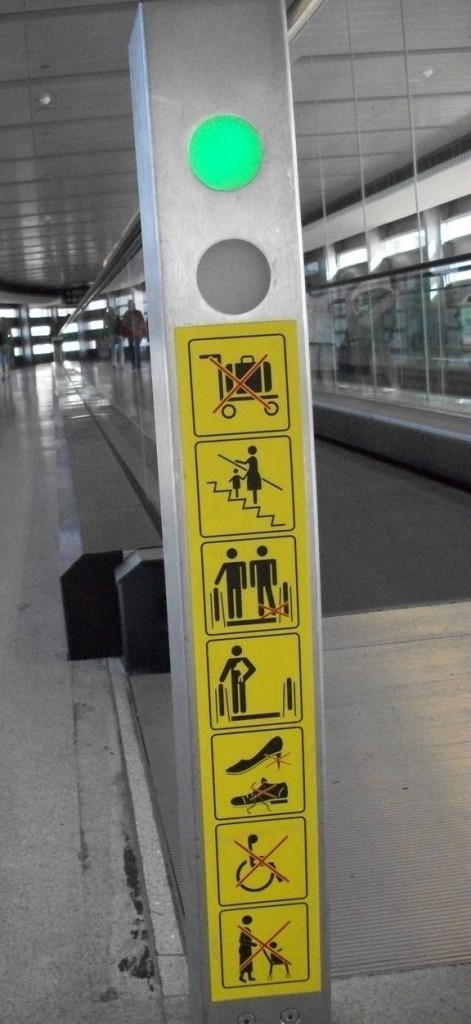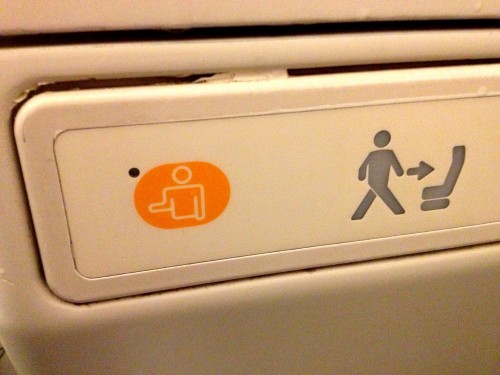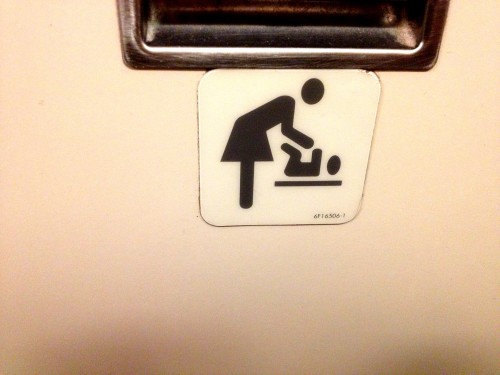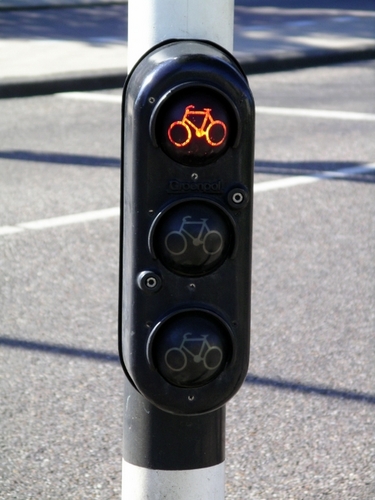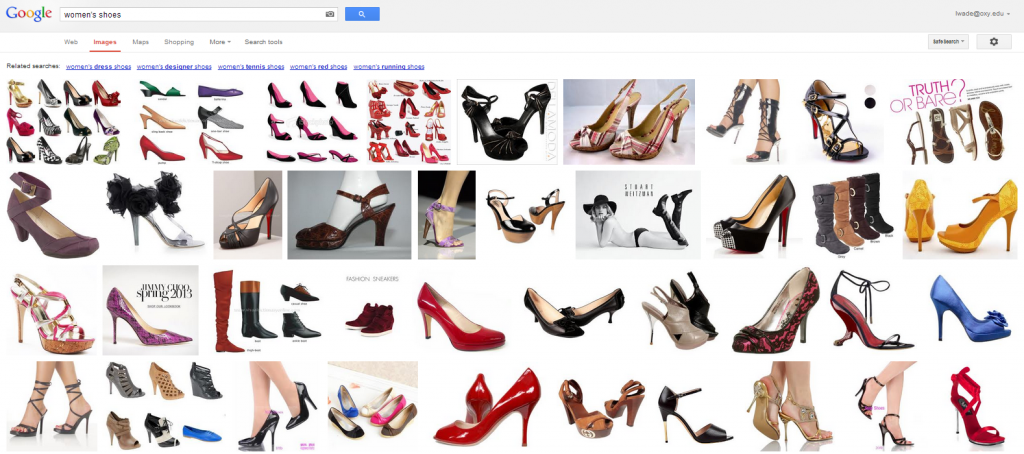Cross-posted at Tim Wise’s website.
It’s one of those stories that can leave even the most jaded and cynical critic of racist thinking scratching their head; the kind that manages to shock even those of us for whom acts of bigotry and intolerance seem all-too-typical, and who have, sadly, come to expect them in a culture such as this.
And so it was that in Flint, Michigan recently, a new father — and this is a term he has earned in only the most narrow, biological sense — demanded that when his recently arrived child was sent to the Neonatal Intensive Care Unit of the hospital where she had been born, no African American nurses were to attend to her needs, to care for her, to do what neonatal ICU nurses do, which is to say keep sick babies alive. White hands only for this white, fresh as snow child, whose father, sporting a shiny new swastika tattoo (a Christmas present no doubt from his pathetic skinhead bride) prioritized his own hatreds above and beyond the needs of his precious little girl. That the future does not bode well for her seems hardly worth saying. To be delivered from an ICU into the arms of one as unhinged as this can only, by reasonable people, be seen as a turn for the worse. Incubators and breathing machines might be preferable to having parents such as she has, through no fault of her own, inherited.
But what is worse, perhaps, than the bigotry of this one neo-Nazi — which is at least to be expected and so, can, despite its irrationality in a case such as this, remain somewhat within the realm of the banal — is that the hospital in question, Hurley Medical Center, actually capitulated to his psychotically racist demands, posting a sign on the little girl’s chart instructing the unit to disallow any black nurses from as much as touching this baby.

Presumably, were Tonya Battle, a black Hurley neonatal nurse since 1988 the only nurse within arms reach of the girl as she entered cardiac arrest or as her kidneys began to shut down — both of which have been known to happen to those in a NIC-U — Battle was to scream loudly for a white nurse to come and save the child’s life. Because God forbid a black woman with 25 years experience do the job. And if she dies, well, at least her precious white skin wouldn’t have been sullied by black hands.
Hurley’s acquiescence to this insanity, in contravention of all ethical responsibility, not to mention legal obligations to treat their employees in a non-discriminatory fashion, is going to cost them no doubt, as they are apt to discover once the lawsuit currently brought against their witless administrators plays out. They are going to pay, and pay big, as they should, for their enabling of overt white supremacy. But that is hardly the most important part of this story. Just as it was not the most important part of the story back in 2000 when a heart specialist at St. Thomas Hospital in Nashville did a similar thing, agreeing to the lunatic ravings of another racist white man, who demanded that his wife, who needed open heart surgery to save her life, not be attended to by any black doctor, because he didn’t want a black man to see his wife naked.
More interesting, I think, is what this story (and the earlier one from Nashville) says about racism in America, and not just of the sort evinced by one bottom-feeder, troglodytic fan of Adolf Hitler. For while we are too quick to presume racism to be merely an individual pathology manifested by individually bad people, much like the father in the story from Flint, the fact is, an incident like this illustrates as well as anything can, the way that racism continues to operate as a systemic force in the United States, civil rights laws and all our vaunted post-raciality notwithstanding.
To understand what I mean by this, consider something I am often asked as I travel the country, speaking about racism, or in reply to one or another column or book that I’ve written: namely, it is queried, why don’t I ever talk about black racism, or, just generally, racism against white people? Why, it is wondered, do I focus on racism only when it’s deployed by whites?
There are many things I could say, and do, when asked something like this. But for now, let it suffice to say that this story, from Michigan, involving a white institution as respected as a hospital bending to the whims of a fucking Nazi, is more than enough of a reason for my selective attention. And this is true for multiple reasons.
First, what the story demonstrates is how much more potent white racism is than any potentially parallel version practiced by peoples of color. Simply put, there is no way that any bigoted black person, or Latino, or Asian American, or indigenous person, could possibly have made a similar demand in the reverse direction — that no white nurses attend to their newborn — and expect to have that insistence met with approval and acquiescence. Anyone who thinks a hospital would have agreed to such a thing — to actually deny opportunity to white nurses or doctors, and to limit the care of such a child to same-race caregivers because of the expressed bigotry of a patient — is either so overly medicated or mentally damaged as to make further discussion impossible. In other words, even when a white racist who is likely not of substantial economic means makes a racist demand, his desires can get ratified, and in ways that not even the wealthiest person of color could expect to have happen.*
And this is because — and this is what is especially pertinent to the matter of institutional racism — even if a hospital was willing to go along with the ridiculous and bigoted demands of a hateful person of color, that no whites be allowed to touch their black or brown baby, it would be virtually impossible to fulfill such a request. And why? Simple. Because given the history of unequal opportunity in medical professions, from doctoring to nursing — and also just given the demographic and power dynamics within pretty much any institution you can name — to work around white professionals, even if one wanted to, is almost impossible.
Bottom line: the hospital in this case went along with the demand to exclude blacks from attending to this child because they could. Given the history of discrimination in access to the medical profession, including nursing, and the barriers to professional practice faced by too many people of color, there exists today a more limited number of such professionals from which to draw. As such, excluding them from a particular hospital unit or assignment is hardly a huge burden for the institution in question.
But imagine what would happen if the situation were reversed, and a racist black man had demanded the exclusion of whites from caring for his child. Even if there were a doctor willing to agree to such conditions, it would be virtually impossible for him or her to follow through, because whites — having received the opportunities needed to enter the nursing profession in larger numbers — are hard to work around. “No whites” policies would result in a lot of empty NIC-Us, whereas “No blacks” policies require only a small administrative headache at best, so fewer are such professionals in the first place. And so, given the history of racial inequity, the consequences of which we still experience, white bigotry of the individual type is operationalized and activated if you will, by the institutional injustices that have resulted in the over-represantaion of whites and under-representation of black and brown folks in certain jobs to begin with.
In other words, institutional racism is akin to the gasoline, allowing the otherwise stationary combustion engine of individual racism to function: the former gives the latter life, and the ability to impact others in a meaningful and detrimental way. Without the power to enforce one’s racism, or expect it to be enforced or enforceable by others, that racism is largely sterile. Which is why white racism is simply more worthy of our attention and concern than any other form.
Much the same would be true in other realms of life, beyond medical and hospital settings. Blacks who wish to avoid whites in their neighborhoods will typically find themselves limited to the poorest, most crowded areas of town — places whites long ago abandoned — since finding Caucasian-free zones in more prosperous suburbs can be a tough task. Whites can more or less live wherever we wish. If we are not to be found in a particular census tract you can bet it’s because we’ve chosen to be absent. Such cannot be said for why blacks are often absent from more affluent areas, however. Money or no money, good credit or bad, millions face discriminatory barriers in residential opportunity every year.
Once again, even if people of color despise whites and seek to avoid us, their ability to do so will be directly constrained by the larger opportunity structure that has skewed power and resources in our direction. Whites seeking to avoid blacks and Latinos on the other hand, can do so readily, with the help of mortgage discrimination, redlining, zoning laws and so-called “market forces” pricing many blacks out of the better housing markets (even though we only got into those markets because of government subsidies and preferences, both private and public).
So for those seeking to understand what racism is — and the difference between the merely individual as opposed to institutional forms of it — and why white racism is more potent and problematic than any other potential form, you need look no further than the recent headlines. When institutions can and will collaborate with and directly empower the racism of even the most deranged of bigots, you know that we have yet to arrive at that place of racial ecumenism claimed for us by those who would rather gloss over the ongoing injustices we face, and pretend to have attained, as a people, a perch to which we have no ethical right to lay claim.
————————–
*Please note, I wish to differentiate here between those patients whose desire for same-race/ethnic nurses or doctors is motivated by apparent bigotry, on the one hand, and those whose desire for such a thing might be motivated by such things as linguistic familiarity, on the other. So, for instance, a Spanish-speaking, or for that matter, German or Russian-speaking mother-to-be might request a nurse, or anesthesiologist who speaks their language, for reasons of comfort and communication. Additionally, it is possible that given the history of difficulties in cross-cultural communication between authority figures who are white and patients/clients who are persons of color (which has been studied and documented for years), a black patient might prefer, if possible, to have a black nurse or anesthesiologist to wait on them. Although even these cases are likely rare, they would not be remotely comparable to a blatant bigot demanding same-race care for reasons comparable to the facts in this story, or the 2000 story from Nashville.
————————–
Tim Wise is among the most prominent anti-racist writers and educators in the United States. The author of six books on race in America, he has spoken on over 800 college and high school campuses and to community groups across the nation. His new book, The Culture of Cruelty, will be released in the Fall of 2013.
 In the two-minute animation below, sociologist Dalton Conley describes how inequality between families can create inequality within families. My favorite of his examples: if a family doesn’t have a lot of resources, it will often pour more of them into the most promising child instead of spreading the goods around equally to everyone.
In the two-minute animation below, sociologist Dalton Conley describes how inequality between families can create inequality within families. My favorite of his examples: if a family doesn’t have a lot of resources, it will often pour more of them into the most promising child instead of spreading the goods around equally to everyone. 


